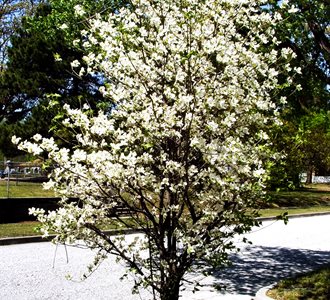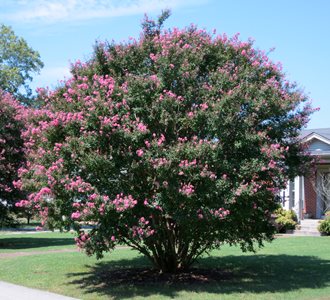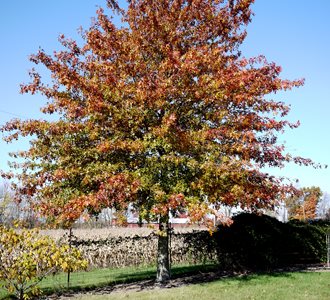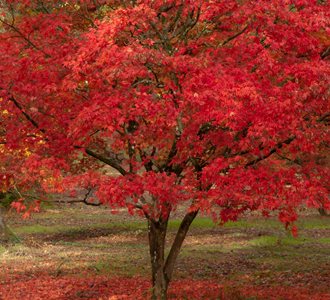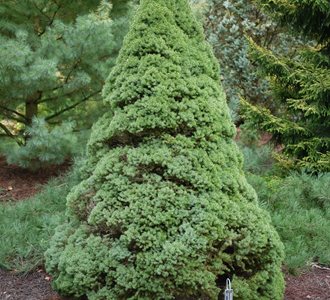FRONT-YARD TREES
Top trees for year-round curb appealWhen choosing a tree for your front yard, curb appeal should be your key consideration. The right tree can transform a front yard by adding structural interest, seasonal color, shade, and scale. The best choice for a front-yard tree depends on a number of factors, including your climate, the space you have available, personal preferences, and the orientation of your landscape.
Trees for Small Spaces
When choosing a tree for a small front yard or courtyard, look for a specimen that will create a focal point without dominating your home or landscape. There are many small or dwarf tree varieties that won’t grow taller than 25 feet but have attention-getting features that more than compensate for their lack in stature, such as interesting leaf shapes and unique branching patterns. Good options include dogwoods, Japanese maples, weeping cherry trees, and purple-leaf plum trees.
See more examples Top 10 Trees for a Small Garden
Flowering Trees
Flowering trees will give your front yard a welcome burst of color after a drab winter, often before the rest of your landscape comes to life. The effect is similar to putting a vase full of flowers in your front entry, providing a temporary but showy splash of color and an intoxicating fragrance. Many flowering trees also provide multi-season interest by producing colorful berries and vibrant fall foliage, such as flowering cherry trees, crape myrtles, crabapple trees, and eastern redbuds.
See more examples: Top 10 trees for Adding Bold Beauty in a LandscapeShade Trees
Planting shade trees in front of your home can block harsh morning and afternoon sun from streaming into your windows, keeping your home cooler during the summer. Their dense leaf canopies also slow water evaporation from lawns and garden beds. Shade trees come in a wide range of shapes and sizes, but fast-growing varieties will deliver their benefits sooner. Examples include red maples, pin oaks, poplars, paper birch, and American sycamores.
Trees for Fall Foliage
Every front yard should have at least one tree that provides dazzling fall color, with leaves that seemingly overnight turn brilliant shades of yellow, orange, red or purple. Some trees, like the sugar maple, will produce a kaleidoscope of color, turning from yellow to orange and finally to red. The black tupelo can display different leaf colors on the same branch, including yellow, orange, bright red, purple, and scarlet. For more fall color favorites, see the ’Arbor Day Foundations List of Top Fall Trees.
Evergreen Trees
While many deciduous trees will reward you with spring flowers and fall color, their glory often fades in the winter after the leaves have fallen, leaving you with a lifeless landscape. Almost any front yard can benefit from the year-round color and sculptural beauty of conifers. Available in a broad range of sizes, shapes, needle colors, and textures, conifers can turn a front yard blanketed with snow into a winter wonderland. You can also place smaller evergreens in pairs in containers to create a formal entryway. Popular conifer varieties include Alberta spruce, skyrocket juniper, Degroot's Spire arborvitae, and globe blue spruce.
Get more winter landscaping ideas:
Plants for Winter
Winter Interest in the Garden

 Backyards
Backyards
 Front Yards
Front Yards
